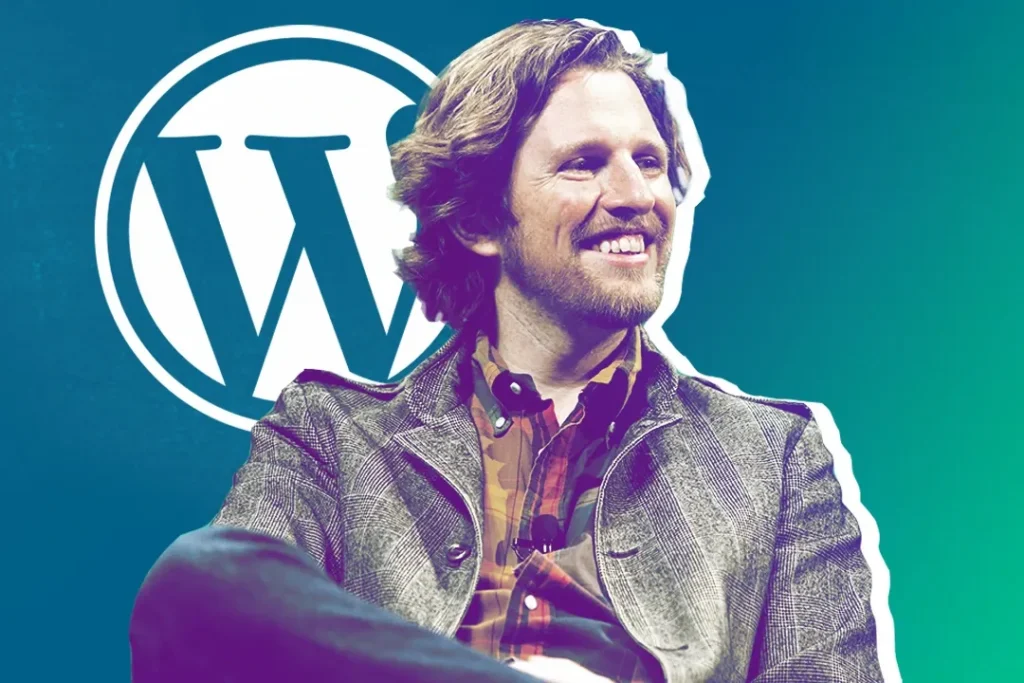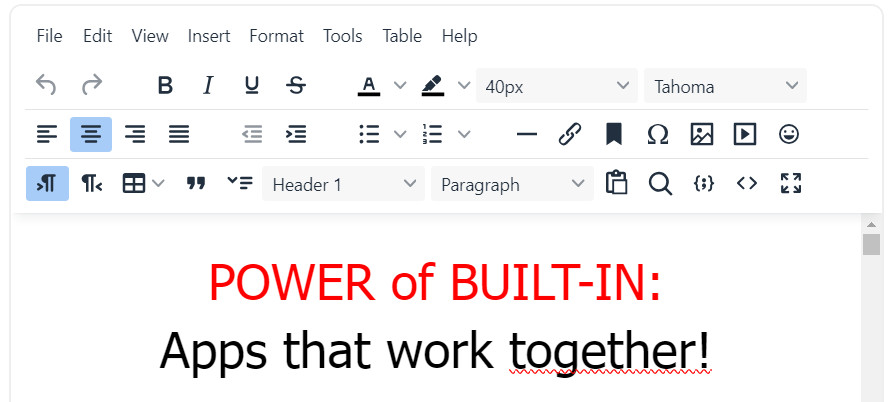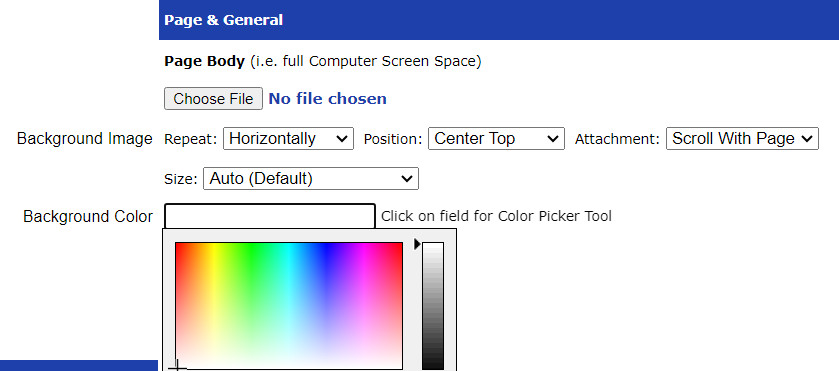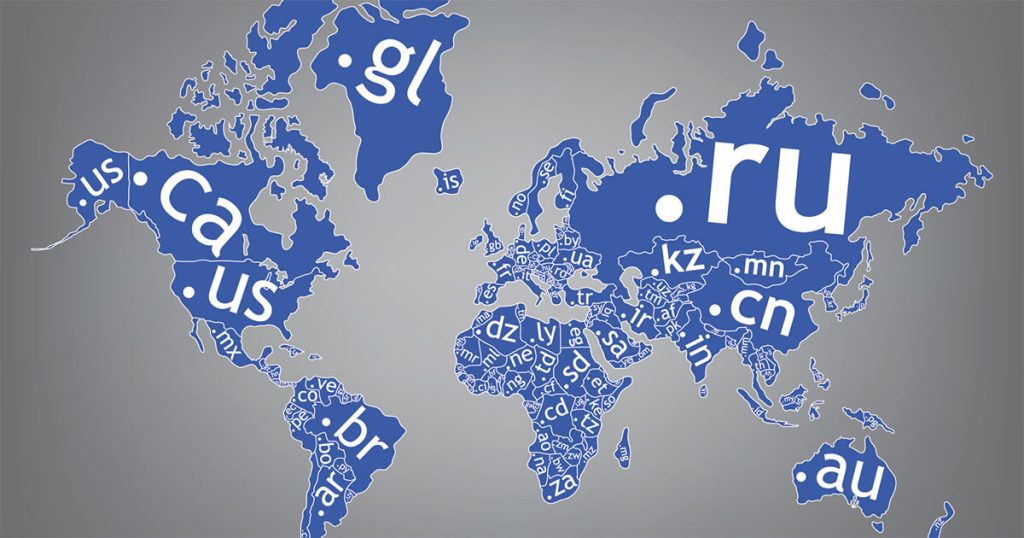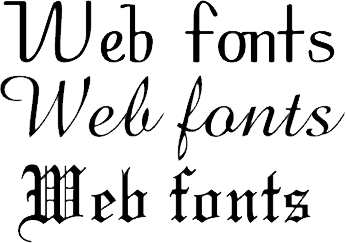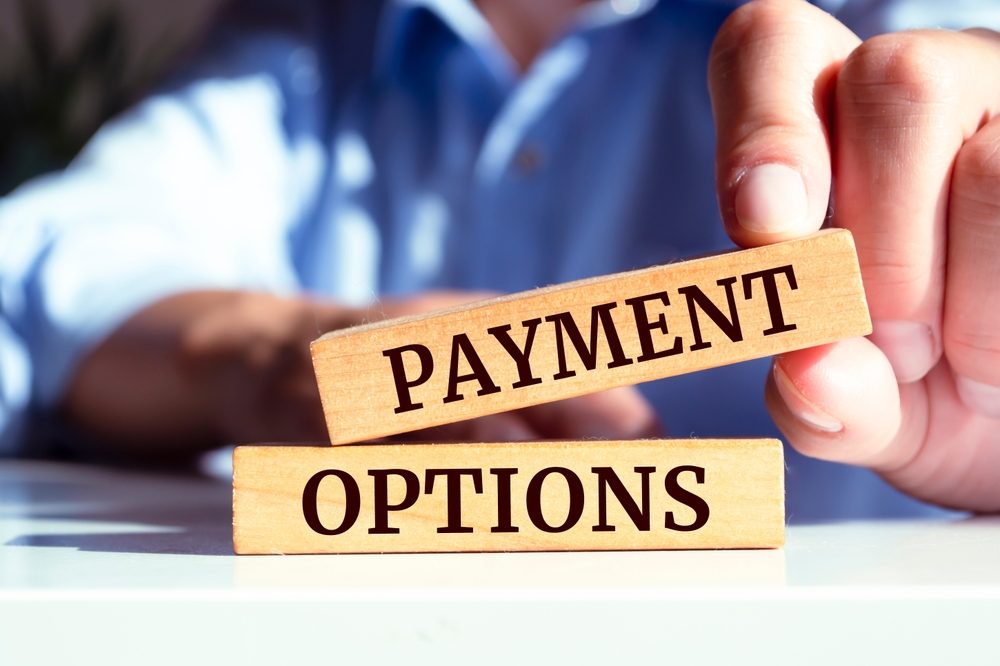
When crafting a business plan, one of the crucial decisions is determining the pricing model for your product or service. This often boils down to choosing between one-time payments and subscriptions. Each approach offers distinct advantages and disadvantages, and the optimal choice depends on various factors, including your target market, product nature, and long-term business goals.
One-Time Payments – the choice of the people?!
- Pros:
- Immediate revenue: Customers pay upfront, providing a steady cash flow.
- Customer ownership: Buyers feel they own the product outright.
- Simplified accounting: Fewer recurring transactions to manage.
- Cons:
- Limited recurring income: No ongoing revenue stream after the initial purchase unless you have add-ons to offer. An example is a software updates renewal package after an initial period, like how UltimateWB software offers for a low fee after the first year of free updates.
- Potential for piracy: Customers may share or resell the product illegally, unless you are able to take measures to avoid it. Some products, such as an e-book, you don’t really have any easy options, but for software that is installed online, for example, you can protect the code and limit installations, like we do with UltimateWB.
- Larger upfront costs for customers: Subscriptions typically have a lower upfront cost for the customer, but they are paying more in the long run for it. Also, it is easier to provide a free trial period for subscription-based products. (sounds like the solution is to offer both options like UltimateWB does!)
Subscriptions – sometimes what people prefer
- Pros:
- Recurring revenue: Ensures a steady income stream over time.
- Customer retention: Provides an incentive for customers to stay engaged.
- Opportunity for upselling and cross-selling: Additional products or services can be offered to existing subscribers.
- Cons:
- Lower upfront revenue: Initial income may be lower compared to one-time payments.
- Customer churn: Subscribers may cancel their subscriptions, leading to revenue loss.
- Complex billing and management: Managing recurring payments can be more administratively challenging.
UltimateWB: A Hybrid Approach
At UltimateWB we have opted for a hybrid approach that combines the best aspects of one-time payments and subscriptions. This strategy addresses the diverse needs of our customer base and provides flexibility in pricing options:
- One-time payment for the software: Recognizing that many customers prefer to own the software outright, UltimateWB offers a one-time payment option. This provides customers with complete control and eliminates the need for recurring fees.
- Subscription-based website builder: For those seeking lower upfront costs, UltimateWB offers Cloud plans, subscription-based plans for our website builder that includes web hosting. This allows customers to access the platform at a more affordable monthly rate.
- Subscription-based hosting and domain: You can buy web hosting and domain names at UltimateWB too, though not required. We do offer perks that customers love: free SSL, traffic statistics, custom emails, and professional installation of your purchased software on your hosting account.
By offering these different options, UltimateWB caters to a wider range of customers and maximizes revenue potential. It allows customers to choose the model that best suits their budget and preferences, while also providing a sustainable income stream through recurring subscriptions.
In Summary
The decision between one-time payments and subscriptions is a critical one for businesses. By carefully considering the advantages and disadvantages of each approach and understanding your target market’s needs, you can select the pricing model that aligns with your business goals and maximizes your long-term success. UltimateWB’s hybrid approach demonstrates how businesses can effectively balance the benefits of both models to create a flexible and customer-centric pricing strategy.
Are you ready to design & build your own website? Learn more about UltimateWB! We also offer web design packages if you would like your website designed and built for you.
Got a techy/website question? Whether it’s about UltimateWB or another website builder, web hosting, or other aspects of websites, just send in your question in the “Ask David!” form. We will email you when the answer is posted on the UltimateWB “Ask David!” section.



